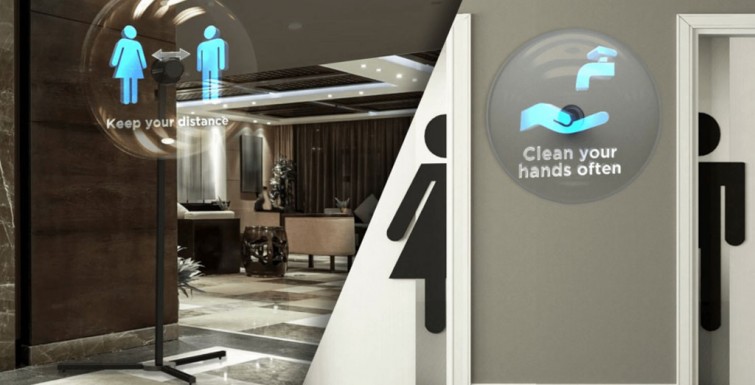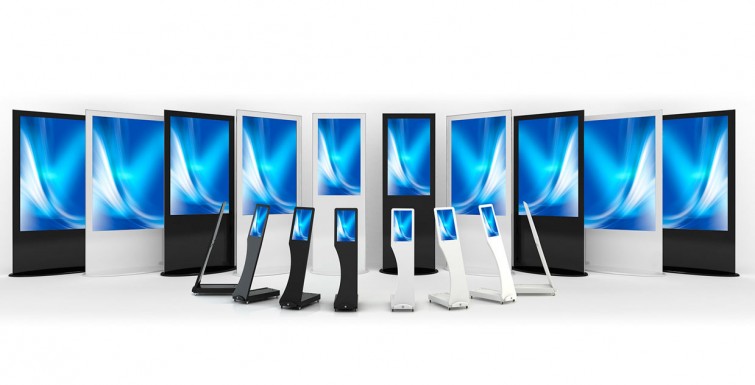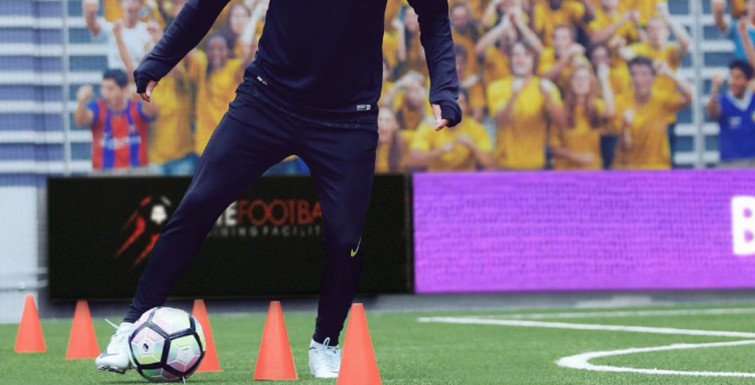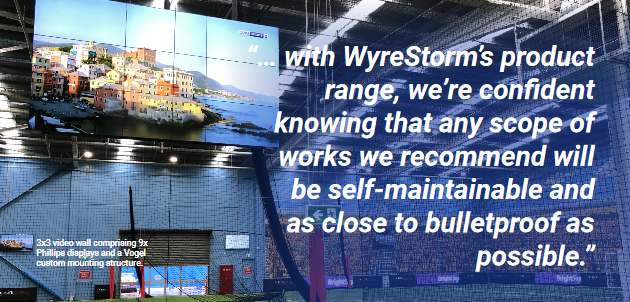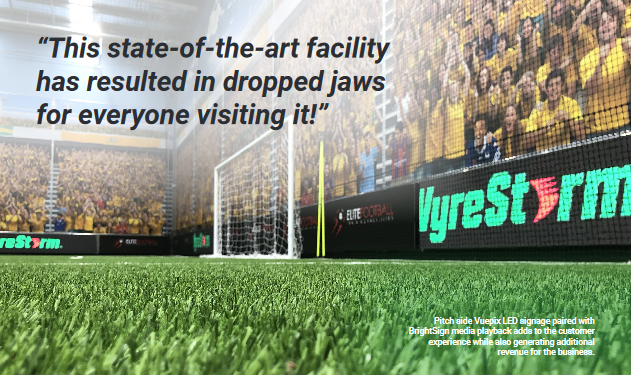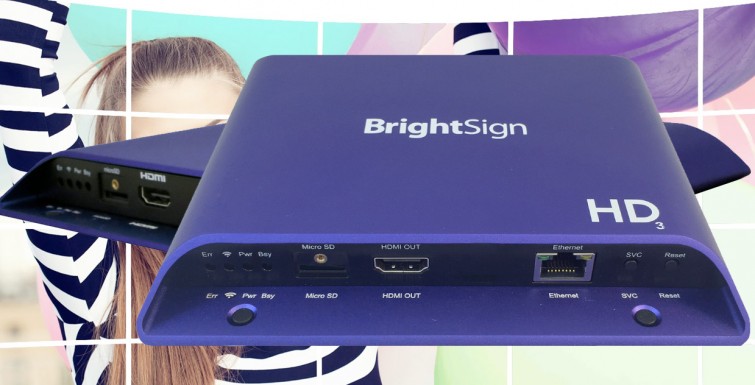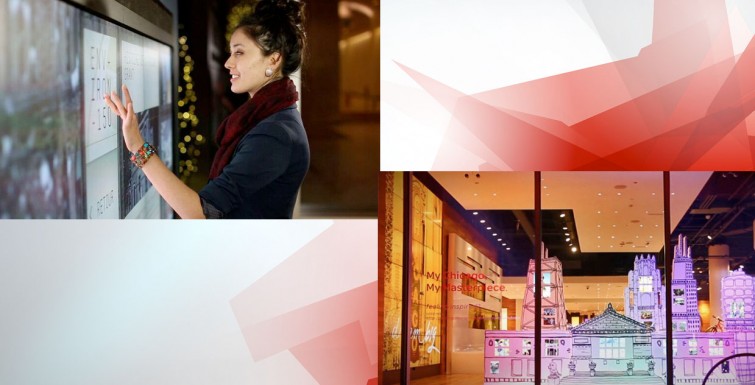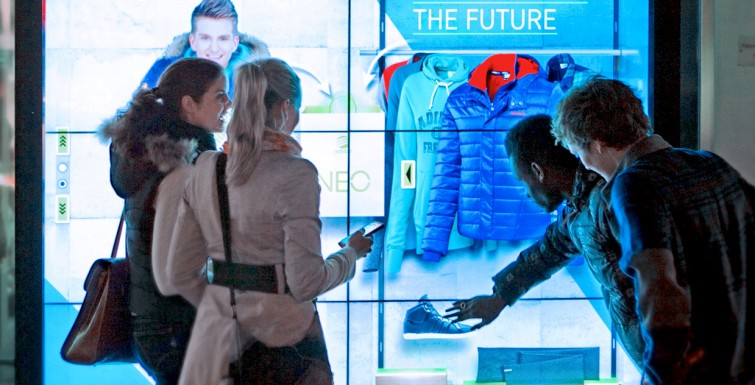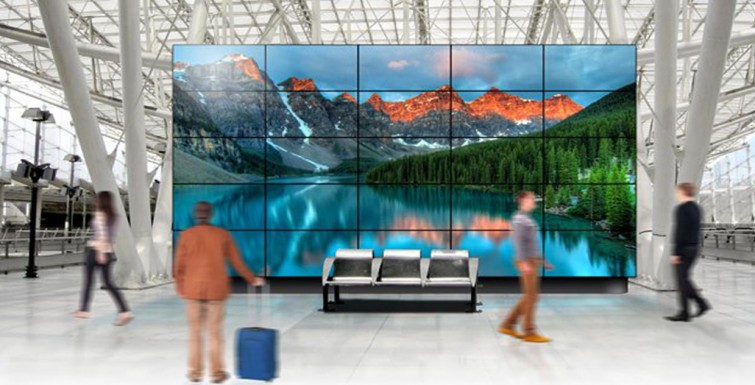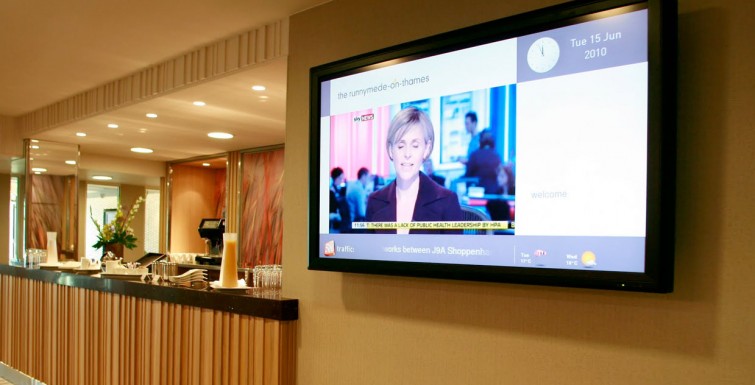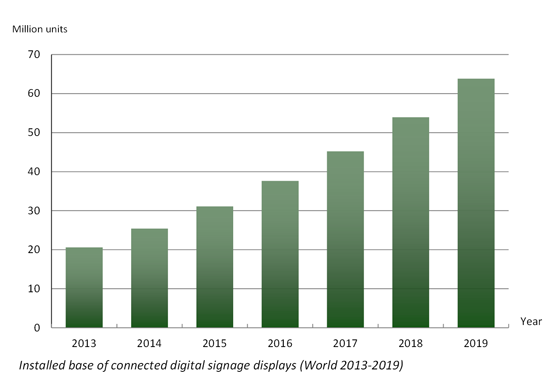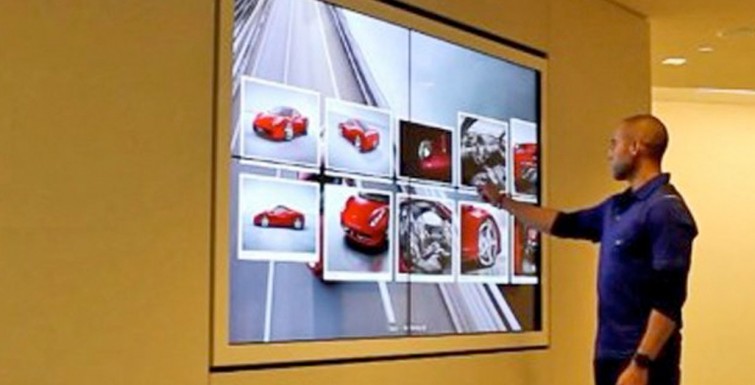This article has been reposted from www.hypervsn.com.
HYPERVSN 3D Holographic Signage for Hospitals and Healthcare
Now we realize that COVID-19 was both scaring and unexpected at the same time, which made it even more awful. The financial and psychological crisis was the first and the smallest damage produced by the pandemic. For a long time since the last war, we had to acknowledge how fragile civilization is in general and human life in particular.
Made to step forward to the forefront of global battlefield hospitals and other medical institutions took unprecedented and heroic efforts to meet the latest challenges. It is not only about the avalanche-like number of patients. Hospitals also faced a lack of medicines, equipment, and a critical shortage of staff.
But selfless fighting for human lives is not enough to stop the disease. It asked for everyone to observe precautions and think about other people around us.
Informational and educational technologies in healthcare industry
The need to get complete and professional advice about the virus puts informational and educational technologies in medicine in high demand.
On-the-spot visual displays and digital signage took on consulting services and this way helped hospitals to increase the number of personnel actively fighting COVID-19. The technology also helps hospitals to effectively communicate public safety measures without a chance to spread the virus from humans to humans since communications were replaced by human-to-technology interactions.
But since delivering the right message quickly and effectively is important, traditional banners and displays lose to next-level technologies. That is why more and more companies hire HYPERVSN informational holographic displays to do the job.
Why choose holographic displays
Holographic displays present critical information in a way that cannot be ignored and focus all patients’ attention on COVID-19 safety measures and other important announcements.
HYPERVSN 3D displays increase chances of a message being seen: twice likely than 2D videos or messages and 4.5x more likely than printed ads. They also obtain higher emotional engagement: 40% longer view and engagement time than 2D digital ads and 60% longer view and engagement time than printed ads.
So, our original solutions for hospitals and other institutions, Informational Signages and Holographic Doctors, changed the way patients perceive and embrace the information.
HYPERVSN Informational Signage
Holographic Informational Signage effectively educates visitors and clients about the approved public safety measures, helps to provide instructions and communicate critical manuals.
Depending on the purpose and placement, we offer a great variety of 3D visuals for medical signage from COVID-19 precautionary measures recommended by WHO to safety reminders and instruction animations. We can also create custom 3D holographic content based on your needs and peculiarities
Placement options
Making HYPERVSN signage easily noticeable you can make use of the following usually most crowded places:
- hospital entrance zones;
- receptions and lobbies;
- elevator areas;
- checking rooms;
- cafes, etc.
HYPERVSN Holographic Doctor
If you not only want to attract attention but also strive to put words in the minds of your patients you will need someone they can trust. In this case, we have something great to offer.
HYPERVSN holographic doctors are good enough to make people listen and follow the announced health care measures, medical and social recommendations. People love human-like holograms, they like to compare the holographic technology with real consultants and start this game happily.
Holographic doctors can reduce the burden which falls on real staff and this way help fighting the disease more effectively.
Notice that you can use either the ready-made 3D holographic visuals with the COVID-19 precautionary measures recommended by WHO or contact us for some custom announcements.
Holographic doctors in Birmingham Women’s Hospital
One of the real-life cases that describe good use of holographic doctors was Birmingham Women’s Hospital. It is one of only two women’s dedicated hospitals in the UK. The hospital uses HYPERVSN Wall of 9 Devices with custom holographic human content telling visitors about the hospital safety measures during the pandemic.
The 3D content and character created by our in-house Design Studio were enthusiastically received by patients and the staff.
More options
In addition to the medical sphere, HYPERVSN can be used in any area, including retail, HORECA, entertainment, offices, transport, etc. So, when the pandemic ends, you can easily take advantage of it for promoting sales, attracting new customers and visitors, advertising products, telling stories, etc.
To learn more about the awesome HYPERSVN technology, contact us today!


